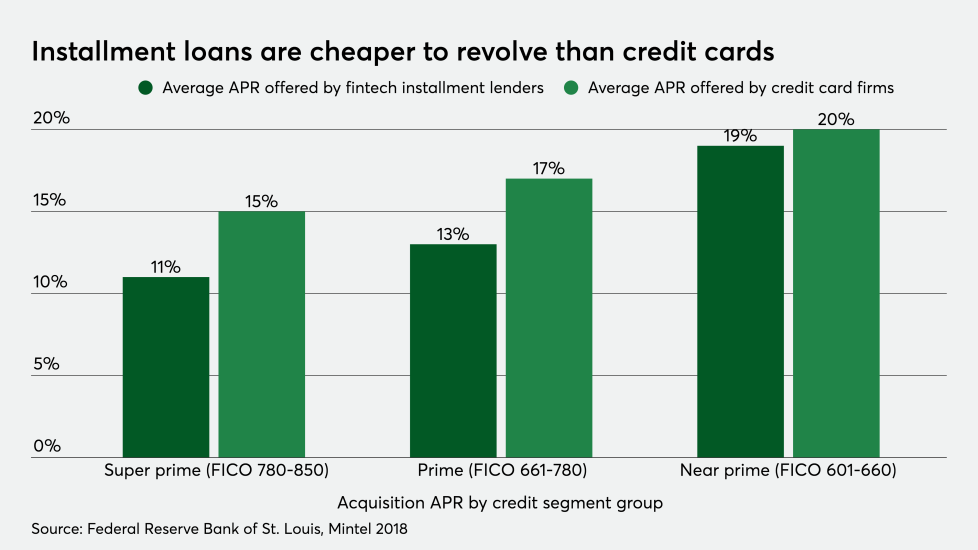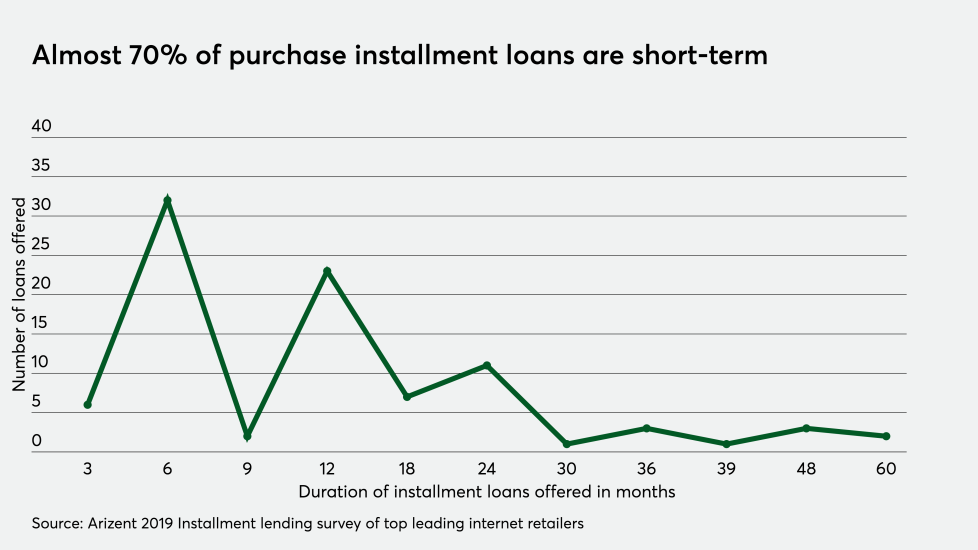When established card networks such as
In justifying its 2019 purchase of
Today, installment loans cover a variety of uses ranging from purchasing t-shirts and jeans to debt consolidation and alternatives to credit cards. According to
When established card networks such as
In justifying its 2019 purchase of
Today, installment loans cover a variety of uses ranging from purchasing t-shirts and jeans to debt consolidation and alternatives to credit cards. According to





A new study has decoded banks' television commercials, analyzing what the messaging reveals about the bank behind the advertisement. When an ad leans too hard on emotions, researchers found, viewers should beware.
The Billings, Montana-based bank finds itself in the crosshairs of a high-profile activist investor. On Thursday, it stuck to its organic growth plan and said it isn't interested in using its excess capital to restructure its securities book.
Top SBA lenders are warning about the impact of a prolonged shutdown. NewtekOne skipped providing fourth-quarter guidance after its CEO said the situation was too cloudy to forecast.
The U.K. bank's "Scam Intelligence" tool uses Google's Gemini to analyze images and texts for red flags, aiming to reduce losses from authorized push payment fraud.
A commonly used standard for property and casualty insurance will offer a carve-out for generative AI liability starting in January. Startups like Testudo, Vouch and Armilla AI stand by to scoop up that business.
Until August, Bell was the executive director for loan guaranty service at the Department of Veterans Affairs, where he was credited with growing the program.